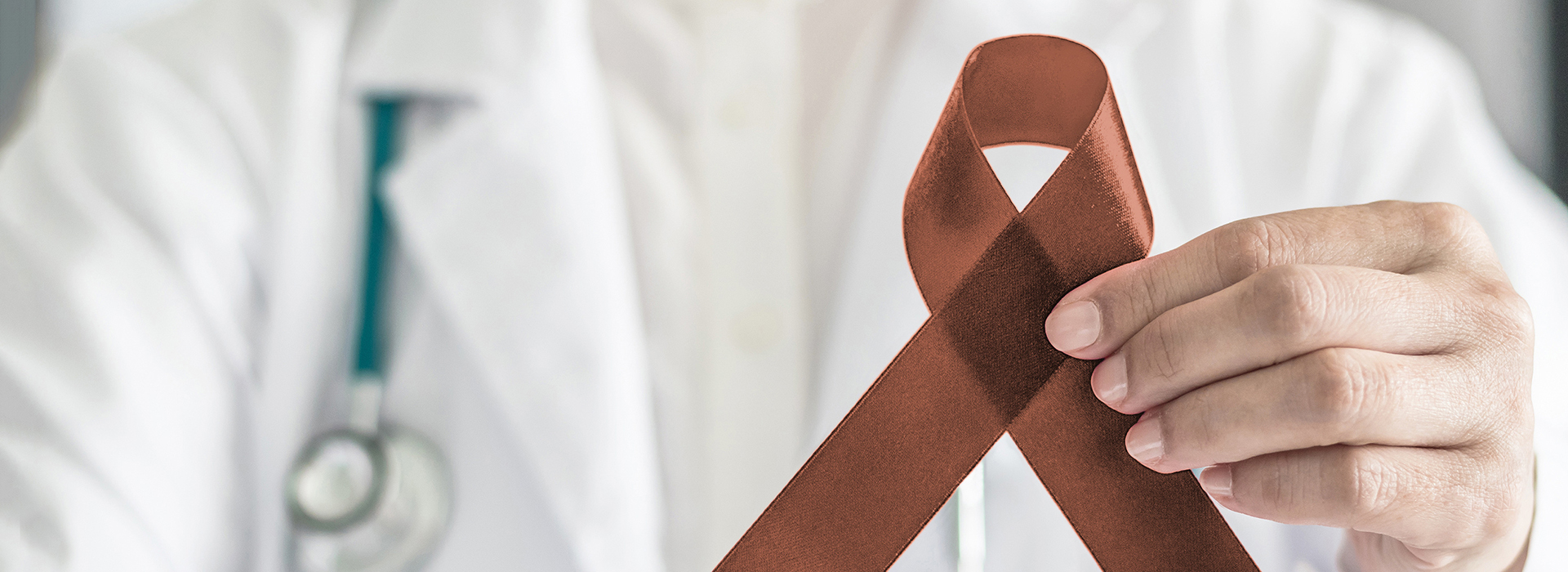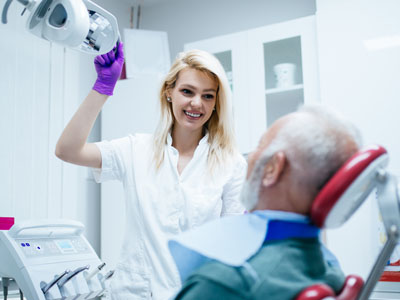7764 Colerain Ave,
Cincinnati, OH 45239
Existing Patients:
(513) 741-2253
New Patients:
(513) 208-2475

Oral cancer represents approximately 2.9% of all cancer cases diagnosed in the United States. The American Cancer Society estimates that this year around 51,000 Americans will be diagnosed with oral cancer, and tragically, about 10,000 lives are expected to be lost to the disease.

Oral cancer, a serious and potentially life-threatening disease, can affect any part of the mouth and throat. While it can occur on the lips, tongue, gums, floor of the mouth, cheeks, or hard palate, it is most frequently found on the tongue, tonsils, and oropharynx (the back of the throat).
While oral cancer can affect anyone, statistics show a higher prevalence among certain populations. Men are at a significantly higher risk than women, and the risk increases with age, particularly for men over 50. Key risk factors include:
One of the most valuable services we provide during your routine dental checkup is a comprehensive oral cancer screening. This quick and painless process is crucial for early detection, which is key to improving outcomes and increasing the chances of successful treatment.
Our screening process involves a thorough examination of both your oral cavity and the surrounding areas:
Early detection is the single most important factor in the successful treatment of oral cancer. When discovered in its initial stages, the cure rate is significantly higher, and the treatment is often less invasive. By incorporating oral cancer screening into your regular dental visits, we can monitor your oral health and identify any suspicious changes before they become a major concern.
If we find any areas of concern during your screening, we will discuss our findings with you and may recommend further diagnostic steps, such as a biopsy, to determine the nature of the issue.
Don't wait until you notice a problem. Regular dental checkups and oral cancer screenings are vital for maintaining not only a healthy smile but also your overall health.
Oral cancer is a serious disease that can affect any part of the mouth and throat, including the lips, tongue, gums, floor of the mouth, cheeks, and hard palate. Early detection is crucial for successful treatment.
While oral cancer can affect anyone, men over 50 are at higher risk. Other risk factors include tobacco and alcohol use, infection with high-risk strains of HPV, prolonged sun exposure to the lips, certain medical conditions, poor diet, and exposure to chemicals.
Early signs may include persistent sores or ulcers that do not heal, red or white patches, lumps or thickened areas, numbness, pain, tenderness, or unusual growths inside the mouth or on the lips.
During a routine dental visit, your dentist reviews your medical history, examines your lips, tongue, gums, and oral tissues, and palpates your neck, jaw, and throat to check for lumps or swelling. This screening is quick, painless, and essential for early detection.
Detecting oral cancer early greatly increases the chances of successful treatment and may allow for less invasive procedures. Early detection can save lives and preserve quality of life.
If your dentist identifies an area of concern, further diagnostic steps such as a biopsy may be recommended to determine whether cancer or a precancerous condition is present.
Oral cancer screenings should be performed during your routine dental checkups, typically every six months, to monitor your oral health and catch any issues early.